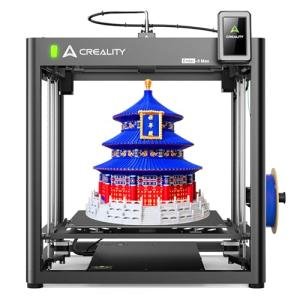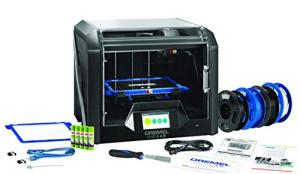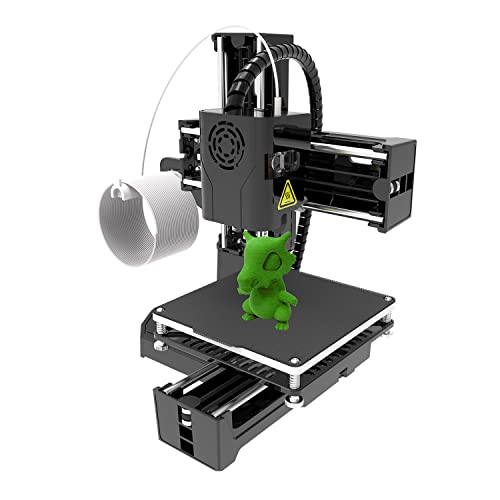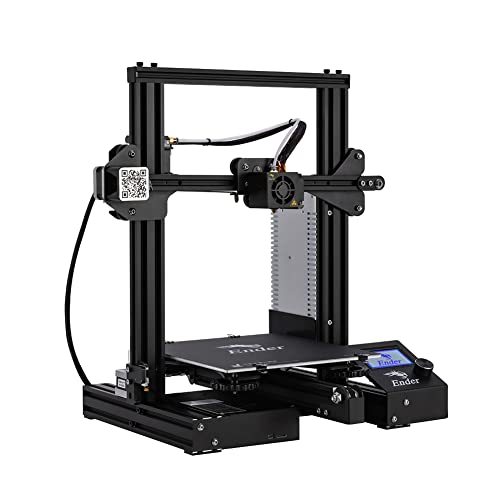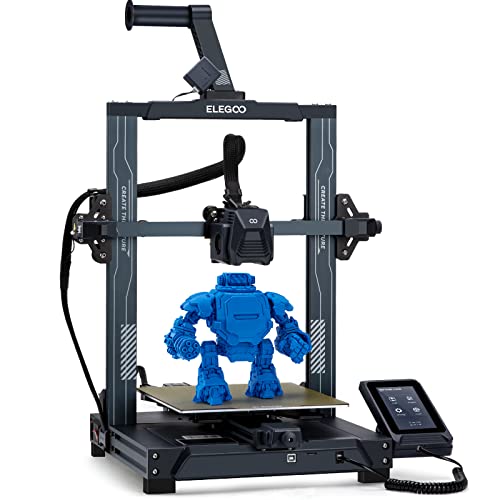When it comes to 3D printer specifications, a few key features stand out that you definitely want to consider. First off, look at the printing resolution. This tells you how detailed your prints can be. Higher resolution means finer details, so if you're into intricate designs or small parts, aim for a printer with a high resolution.
Next up is build volume. This is basically how big of an object you can print. If you’re thinking of larger projects, check out the dimensions. A good-sized build volume gives you the freedom to create without feeling limited.
Another essential feature is the type of filament the printer can use. Some printers handle one type, while others are versatile and can print with multiple materials. If you're looking to work with different materials like PLA, ABS, or even flexible filaments, make sure your 3D printer specifications list a variety of compatible options.
Don't forget about the printing speed! This affects how quickly you can get from design to finished product. Faster speeds can be great for quick prototypes, but remember that sometimes slower speeds yield better quality, so find a balance that works for you.
Lastly, consider the user interface. A touchscreen or easy-to-navigate controls can make the setup and printing process a breeze, especially if you’re just starting out. Look for 3D printer specifications that mention user-friendliness if that’s important to you!
Exploring Print Quality Basics
When diving into 3D printer specifications, print quality often jumps to the top of the list. You want your creations to look sharp and detailed, right? Well, it all starts with understanding a few key factors.
First up is the printer’s resolution. This is measured in microns, with lower numbers meaning finer details. A printer with a resolution of 50 microns can produce stunning, intricate designs, while one at 200 microns might be more suited for larger, less detailed pieces. Think about what you’ll be printing. If you’re making miniatures or models, go for lower microns.
Next, let’s chat about layer height. This refers to how thick each layer of material is during printing. Thinner layers create a smoother finish and capture details better, but they take longer to print. If you’re in a hurry, a thicker layer height might be the way to go, especially for prototypes or rough drafts.
Don’t forget about the type of filament you’re using. Different materials can drastically affect print quality. PLA is known for its ease of use and good detail, while ABS is tougher but can warp. Knowing what materials work best with your printer is crucial for achieving that perfect look.
Lastly, consider the print speed. Higher speeds can result in a rougher finish, while slower speeds allow for better detail and accuracy. Finding a balance that suits your project is essential. Pay attention to these aspects when checking out 3D printer specifications, and you’ll be well on your way to amazing prints!
Creality Ender 5 Max 3D Printer with Auto Leveling
Experience hassle-free printing with the Creality Ender 5 Max, featuring auto leveling for perfect results every time
Product information
$799.00
Product Review Score
4.17 out of 5 stars
126 reviewsProduct links
Materials You Can Use
Commonly, you’ll find PLA (Polylactic Acid) as a top choice. It’s super beginner-friendly! PLA prints easily, has low warping, and comes in a rainbow of colors. Plus, it’s made from renewable resources, making it a go-to for environmentally-conscious makers.
If you’re looking for something a bit tougher, check out ABS (Acrylonitrile Butadiene Styrene). It’s the stuff that LEGO bricks are made of. ABS is great for items that need some durability, but be ready for some fumes while printing, so ventilation is key.
For those who want to push the limits of what they can create, TPU (Thermoplastic Polyurethane) offers flexibility and rubber-like properties. It's perfect for projects that require a bit of stretch, like phone cases or wearables. Just keep in mind that it can be trickier to print with than PLA or ABS.
All these materials have their own unique specs, so consider what you’re trying to create with your 3D printer. Understanding these materials helps you make better choices and get the most out of your 3D printer specifications!
Dremel 3D45-EDU DigiLab 3D Printer Bundle
Perfect for classrooms and makers, this user-friendly 3D printer bundle makes creating and learning fun
Product information
$3,190.70
Product Review Score
4.76 out of 5 stars
49 reviewsProduct links
Understanding Build Size Options
When shopping for a 3D printer, one of the biggest things to consider is the build size. This is basically the maximum space where your printer can create things. A larger build size means you can print bigger objects or multiple items at once. If you’re all about creating impressive models or functional prototypes, you’ll want something generous in size.
Most 3D printers come with details on their build sizes listed in their specifications. Typical sizes range from small (like 4x4x4 inches) to massive (over 12x12x12 inches). Think about what you plan to make. If you're into miniatures or small gadgets, a compact printer might be just fine. But if you want to tackle larger projects, go for a model with a larger build area. Trust me, it’s worth it!
Another aspect to consider is the design of the printer. Some 3D printers have a frame that stands taller or wider than others. This can affect the way you set up your workspace. Make sure you have enough room. If space is tight, a printer with a smaller footprint and decent build size often does the trick.
Finally, don’t forget about what materials you want to use. Certain filaments may require specific size considerations, especially if you’re working with composite materials that might need a bit more space. Pay attention to those 3D Printer Specifications to avoid any surprises down the line!
